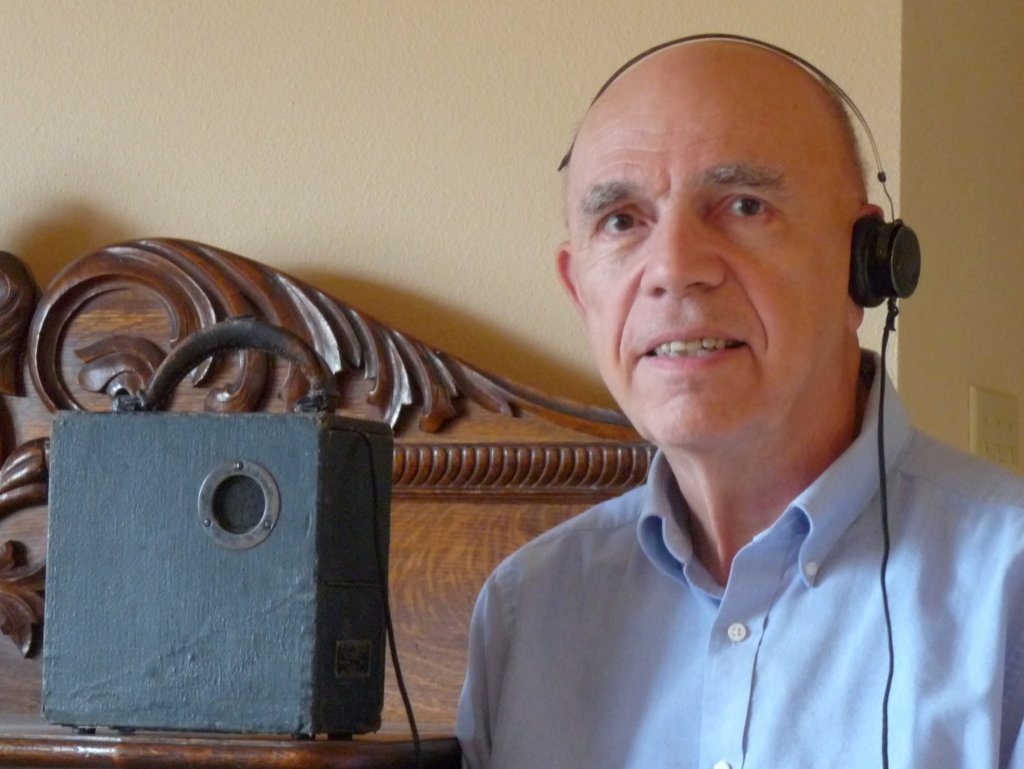The 100th Anniversary of the World’s First Electronic Hearing Aid
October 2021 marks the 100th anniversary of the world’s first commercial electronic hearing aid (Figure 1). Acoustic ear trumpets had been around since the mid-1700s. Carbon (electric) hearing aids, which used batteries, had come out in 1898, but truly electronic hearing aids had to await the development of the triode vacuum tube.
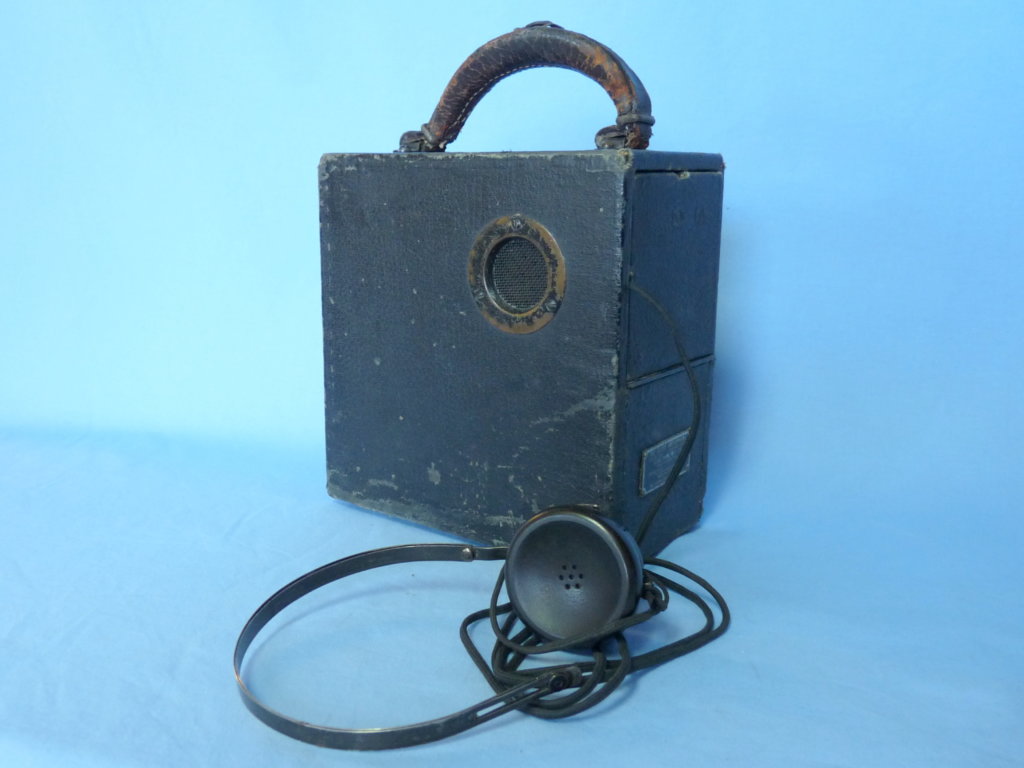
Naval engineer Earl C. Hanson of Washington, D.C. invented and patented the first vacuum-tube hearing aid. He filed a patent for it on June 11, 1919, and the U.S. patent office issued patent number 1,343,717 for it on June 15, 1920. (Here is a simplified link to view the original patent papers: https://tinyurl.com/j9e72je8.)
Named the “Vactuphone,” this first vacuum-tube hearing aid derived its name from a contraction of the words “VACuum TUbe telePHONE.” It was a collaborative effort by two companies—the Western Electric Co., Inc. of Kearny, NJ, which manufactured it, and the Globe Phone Manufacturing Company of Reading, MA, which distributed it (Figure 2).
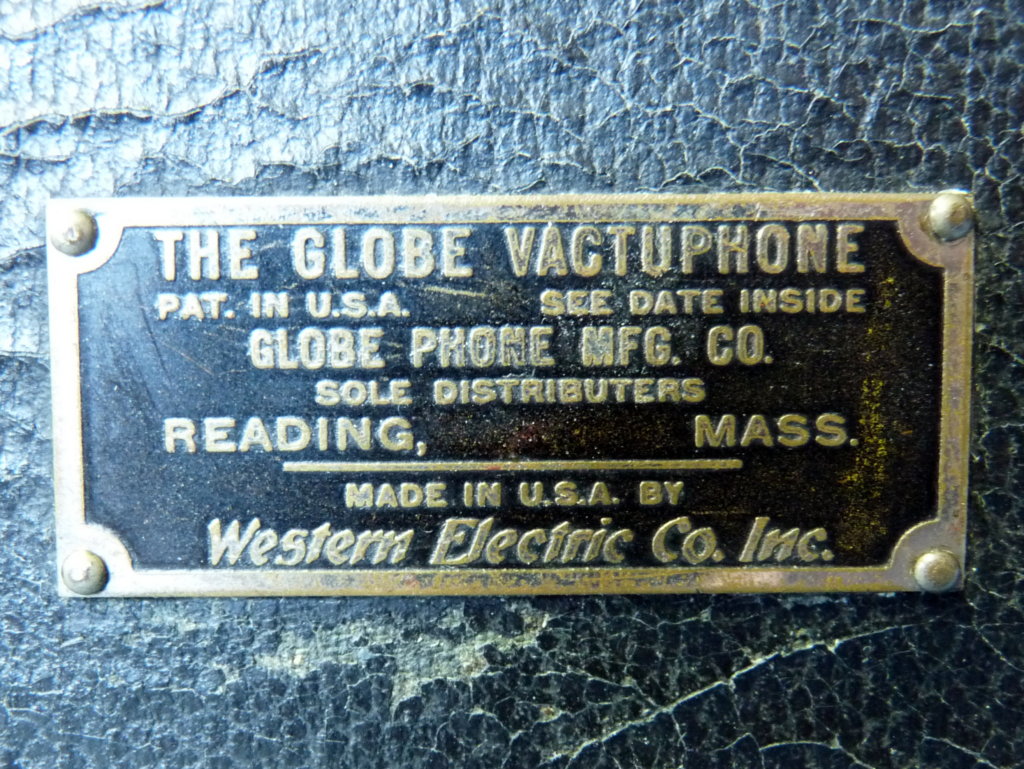
The Vactuphone looked much like a box camera of the day. This was deliberate. Manufacturers often deliberately designed early lunch-box-sized hearing aids to look like box cameras so people wouldn’t know you were hard of hearing. This was because the stigma of being hard of hearing was alive and well back then, just as it had been before then and has been since that time.
The Vactuphone was a bit bigger than the typical box cameras of the day, measuring 7.25” wide by 4” deep by 7.5” high (18.4 × 10.1 × 19.1 cm). It weighed 3 lb, 14 oz. (1.76 kg.) without the batteries. With the batteries it weighed a whopping 7 pounds (3.2 kg.).
All vacuum-tube hearing aids required a 1.5 volt “A” battery to heat the tube filaments and a higher-voltage “B” battery to provide the plate current. The Vactuphone used a 1½ volt No. 6 dry cell for the “A” battery and a 24 volt “B” battery. (This was a bit unusual, as most early vacuum-tube hearing aids used 45 volt “B” batteries). The whole bottom of the Vactuphone case was the “door” to access the battery compartment (Figure 3).
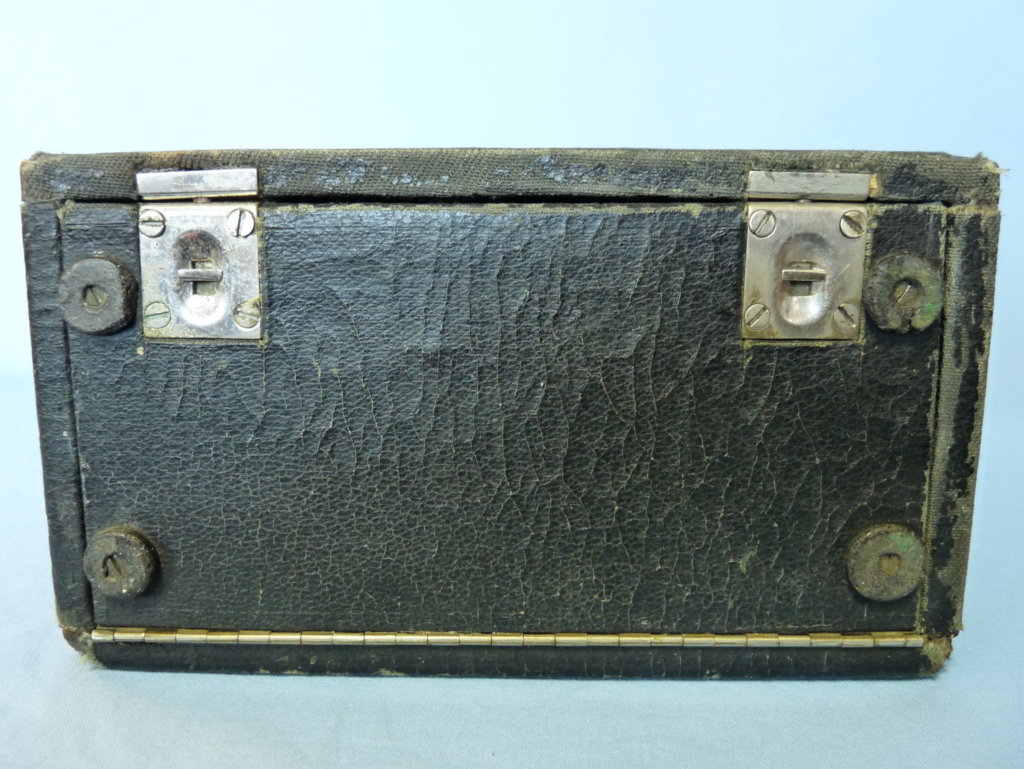
The Vactuphone consisted of four basic components—an amplifier, microphone, headphones, and batteries—all contained in a faux-leather-covered wooden box. The amplifier used a single, triode vacuum tube. Triode vacuum tubes consisted of three elements—a filament, grid, and plate. The tube used in the Vactuphone was the Western Electric 215A “peanut” tube (Figure 4), but boy, what a vacuum tube! The Hearing Aid Museum (hearingaidmuseum.com) has not only one but two of these venerable hearing aids, and guess what? Those 100-year-old vacuum tubes are still working today!
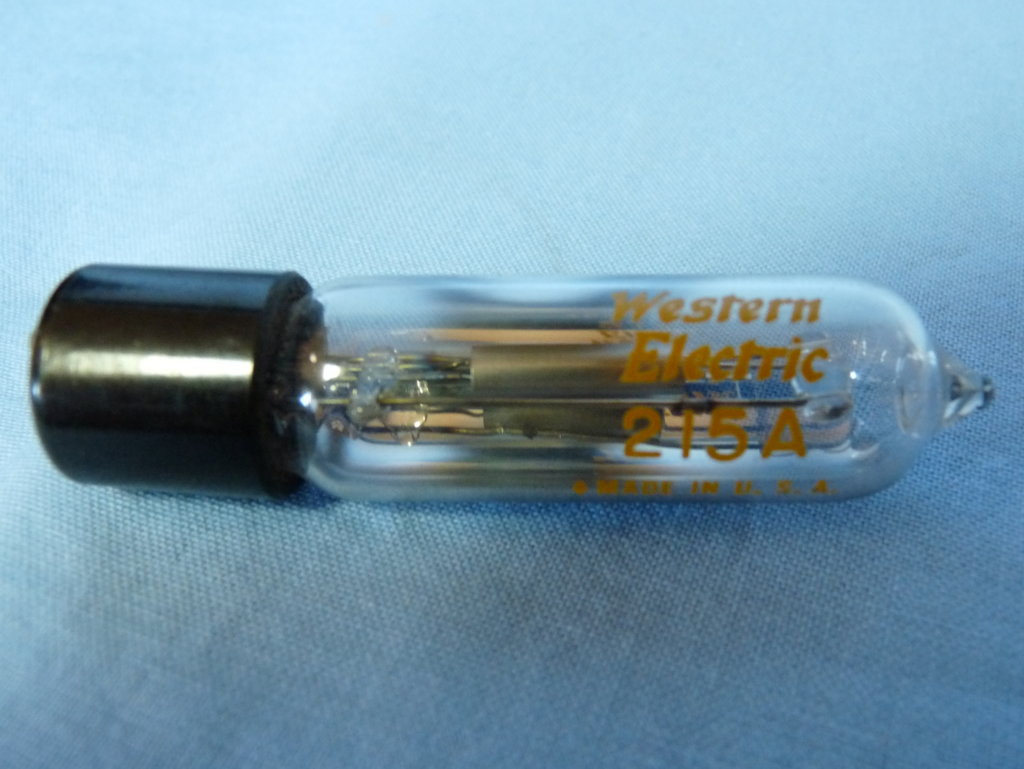
Although the patent papers described a two-vacuum-tube amplifier, the two-vacuum-tube version was never produced.
The microphone was similar to the standard carbon-shot (carbon ball) microphones used in many carbon hearing aids of the time. Note that carbon microphones had to be kept somewhat vertical. If laid on their backs (or fronts), they wouldn’t work as the carbon shot then wouldn’t make contact with the two electrodes to allow current to flow.
The output from the amplifier went to a single headphone that was mounted on a headband.
Like many of the carbon hearing aids that preceded it, the Vactuphone was a transportable desktop unit, meant to be carried to where it would be used, rather than using it while moving around. Instead, you placed it on a desk or table with the microphone facing the person to whom you were talking (Figure 5). (Note that wearable hearing aids, meant to be used all the time, whether moving or stationary, didn’t appear until 13 years later in 1934.)
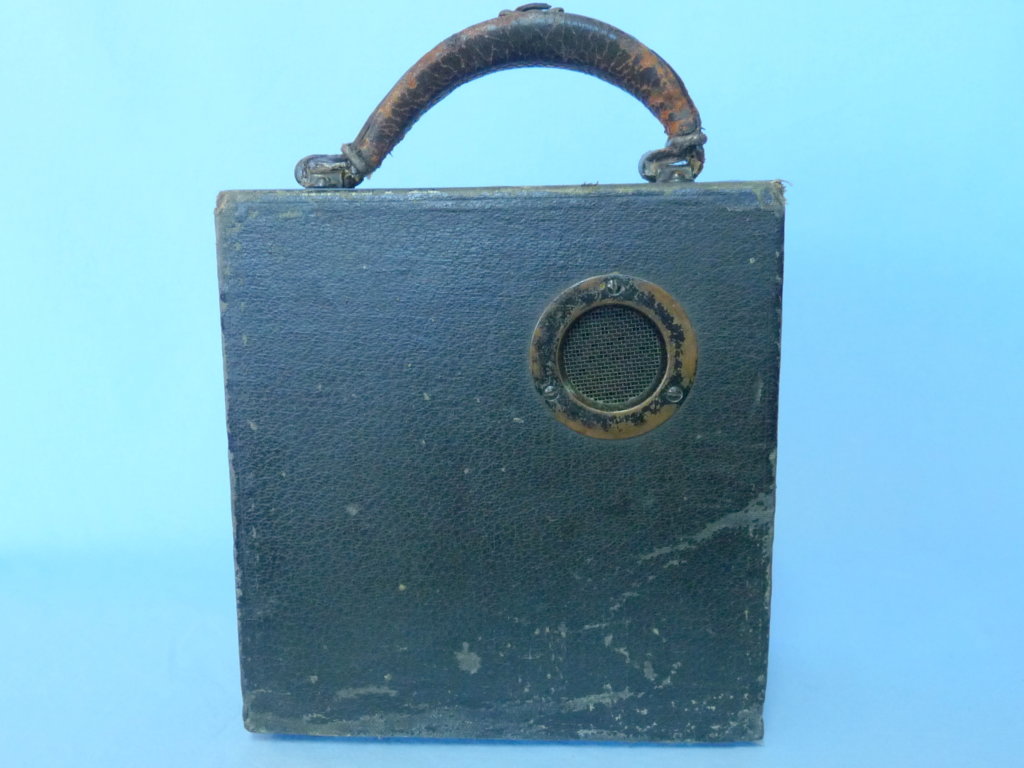
The Vactuphone was easy to use since there was only a single control—an on-off switch/volume control (Figure 6)—mounted on the opposite side of the case from the microphone so you could easily control the volume without disturbing the way the microphone was facing.
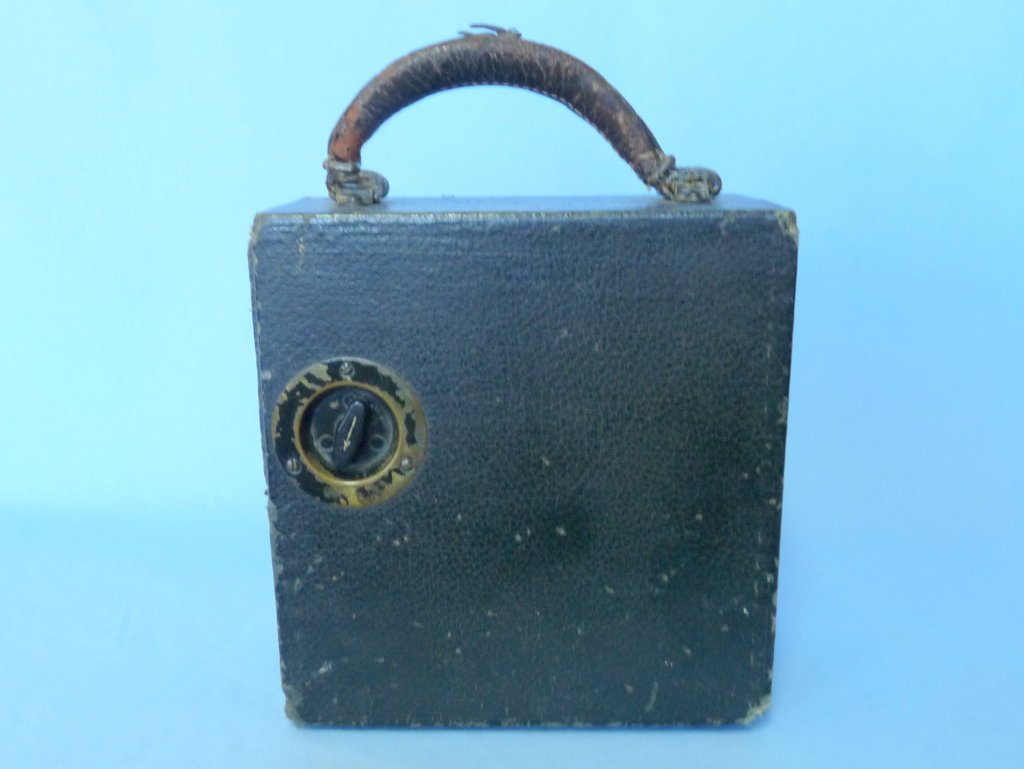
To access the “secret” vacuum tube compartment (Figure 7) hidden behind a spring-loaded trap door on the right end of the Vactuphone (Figure 8), you simply pressed the hidden “button” located near the top right corner (Figure 9).
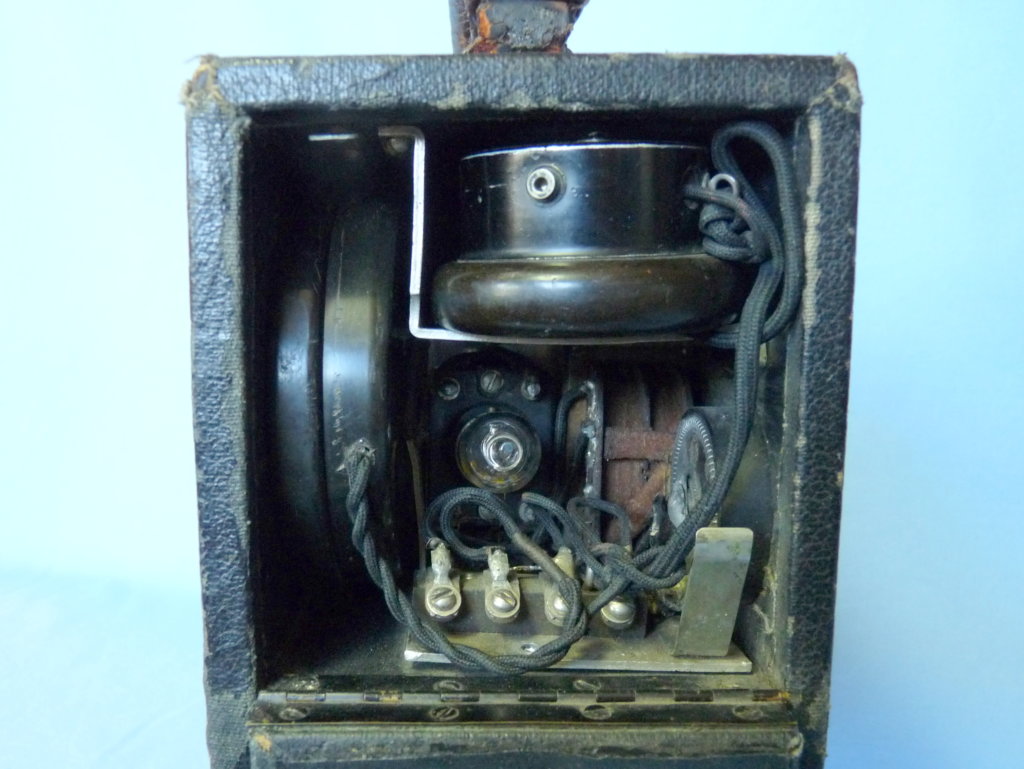
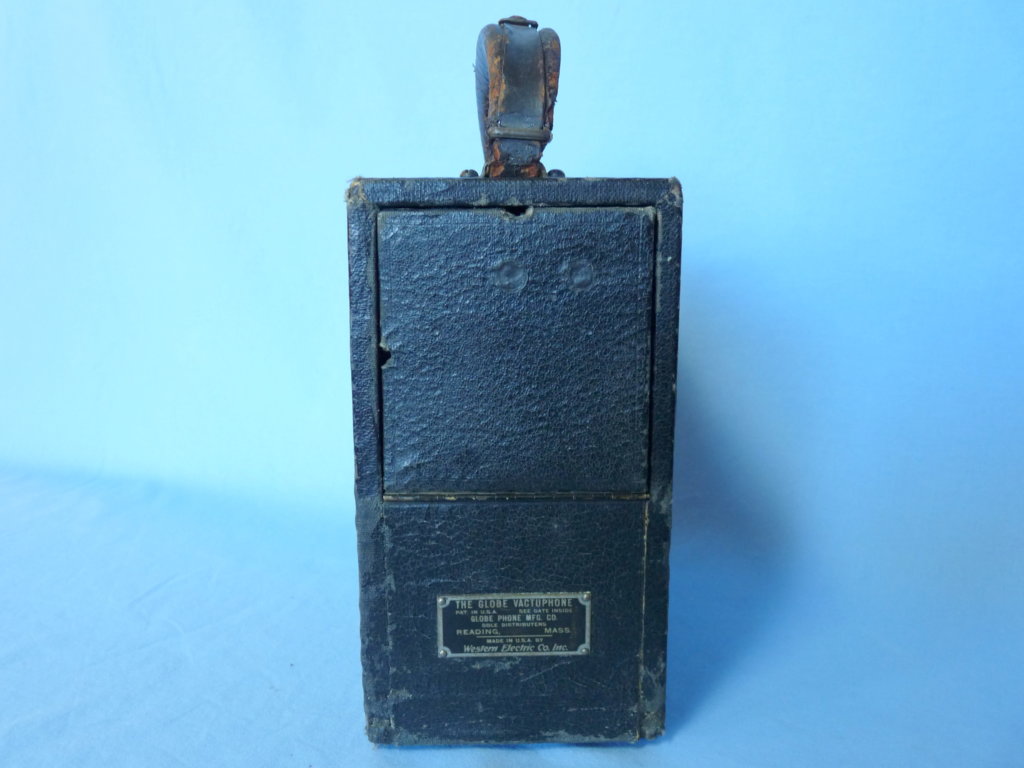
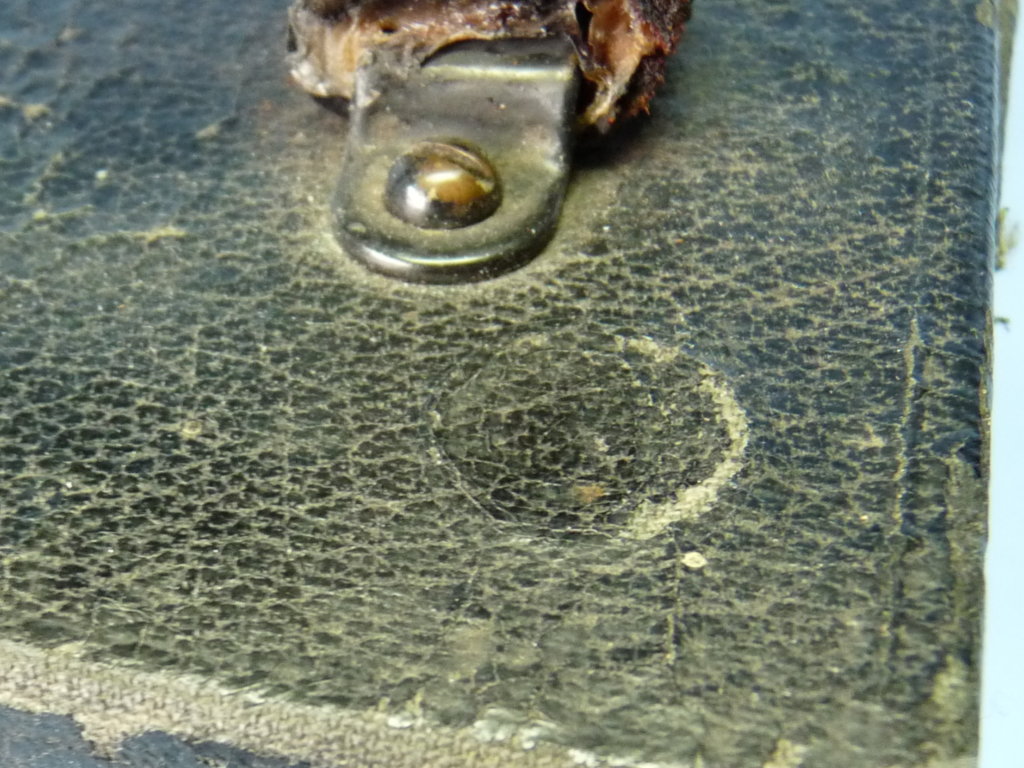
The sound quality wasn’t the best. Speech sounded much like the scratchy, thin sounds produced by early gramophone record players, but with a “boomy” quality like talking in a barrel.
Back in 1921, the Vactuphone sold for $135.00. That would be equivalent to $2,058.96 in today’s economy due to inflation over the past 100 years. So its price was more or less in line with what we pay for hearing aids today.
However, back then, unlike today, batteries were quite expensive so purchasing and operating this hearing aid was beyond the reach of many people. Fortunately, if they couldn’t afford a fancy new vacuum-tube hearing aid, they could still purchase various styles of ear trumpets for between $3.00 and $8.00, or one of the many carbon hearing aids for around $4.00 to $11.00.
Neil Bauman, Ph.D. (Dr. Neil), (Figure 10) owns the Center for Hearing Loss Help in Lynden, WA. (https://hearinglosshelp.com). He also is the owner/curator of The Hearing Aid Museum (https://hearingaidmuseum.com) currently also in Lynden, WA. You can see more pictures/descriptions of the Vactuphone in the Hearing Aid Museum at https://hearingaidmuseum.com/gallery/Vacuum%20Tube/OtherMakes/info/vactuphone.htm.
